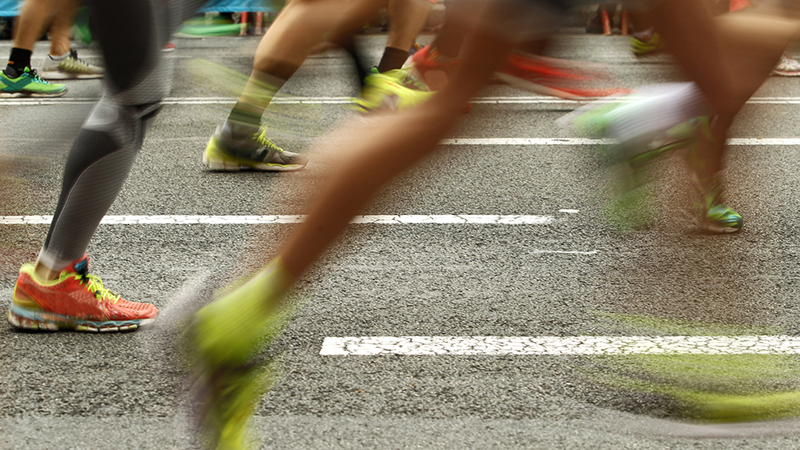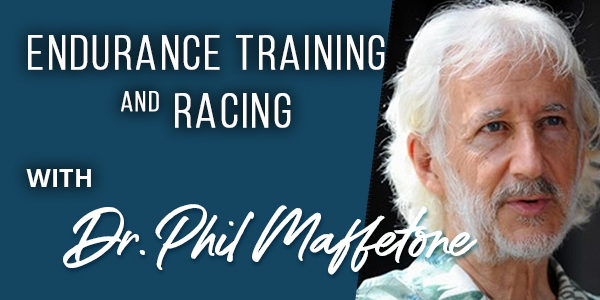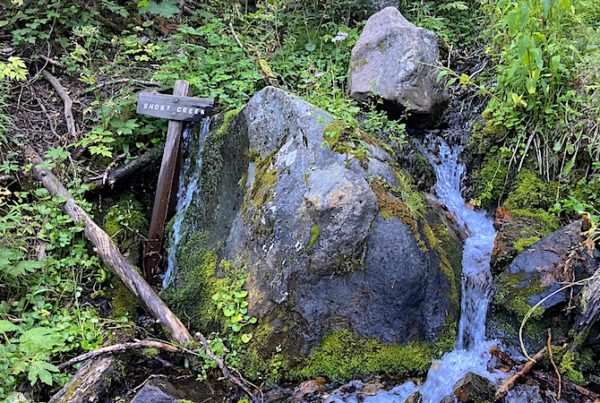
With the Boston Marathon next week, running shoe companies are jostling in hopes the first athlete to break two hours is wearing their shoes.
A sub-two-hour marathon is such a certainty that running-shoe companies are now hedging their bets with new products, with the goal of having one of their sponsored runners break the barrier wearing their brand.
With the marathon season ramping up — including the Boston Marathon next week — two top running shoe companies (there are no doubt more that will jump on board) have developed special shoes so elite marathoners can catapult their way over the two-hour marathon barrier. It’s just as suspicious as all the past hype about how the Big Shoe industry claims to help athletes perform better. Fiction at its best. Ironically, most running shoes are sold to non-athletes.
To be sure, there are more harmful consumer products in today’s marketplace than healthy ones. I encourage the use and sale of the healthy ones, and have been involved in producing some myself. But it’s the over-exaggerated benefits and misleading myths of the many unhealthy products that annoy me most. And we must ask: If they don’t improve health, and especially if they detract from it, why are they even allowed by a society that claims health and fitness is so important?
The new shoe names are as science-fiction sounding as their concepts, not to mention that anyone can buy them with the promise (not a guarantee) to run faster, at a cost of up to $250.
With Big Shoe jumping on board at this opportune time with their sub-two-hour marketing programs, there are now so many riding the 1:59 bandwagon that it’s slowed to a crawl.
There’s no question that through changes in biomechanical economy, shoes can slow runners down. The same occurs with footwear in other sports. I’ve discussed this and other issues associated with how an elite marathoner can break the emotional two-hour barrier in various articles and in the first book on the subject.
The two-hour barrier is mainly emotional because the associated time factor is really arbitrary. Why didn’t we fuss this much over 2:10, or 2:04? The two-hour marathon is the new four-minute mile, and our society applies mystique to it. I’m OK with it, no harm done, and the impending 1:59 marathon is excitingly entertaining.
The discussions about whether the magic mark can be bested, even as early as only a couple of years ago, was not unlike the talk in the early 1950s, which debated whether a human was even physiologically capable of breaking the four-minute mile barrier. In 1954 it happened. And only 23 days after Roger Bannister ran 3:59, Diane Leather, also of England, broke the women’s five-minute mile time in 4:59.
I first wrote about the real possibility of a runner going 1:59 in 1998. No magazine would publish the article so I put it in my newsletter. Even then, most readers found it more entertaining than they did something to be taken seriously. Shoes, or lack of shoes, were a big part of the equation back then, and that discussion remains just as important today, as shoe technology has changed very little.
Everyone then, like now, assumed an East African would be the first to 1:59. Without the Big Shoe contracts that many of these runners are offered, enough of them would have continued racing barefoot, and two hours may have been broken years ago. So it’s possible that shoes have prevented 1:59 from being achieved to date.
Now Big Shoe wants to control 1:59 itself.
A disclosure: I’m not an anti-shoe fanatic. I wear various kinds of good shoes — many companies make them. We just have to search for the ones that match our needs.
It’s clear that two-hours will be broken, shoes or not. Looking at the World Marathon Majors from the past decade reveals that top men and women are improving about 1 percent per year on average. Do the math.
A very small number of the best marathoners are already physiologically capable of going 1:59, so it’s just a matter of the right day with all the environmental factors falling into place, especially temperature and humidity. And if it’s one of Big Shoe’s sponsored runners, shoe sales will skyrocket even more than they are now. The company with the winning shoes will no doubt take a lot of the credit for the record.
And what a coup it would be if a barefoot runner became the first to run 1:59. It’s a real possibility since runners are more economical without shoes. The only mitigating factor is that the numbers of barefoot elites are almost nil now as shoe companies virtually own the sport by sponsoring all the best athletes.
It won’t necessarily be an East African runner who first breaks the barrier, or one hired by one of the big shoe companies to hype the latest products. It could easily be a runner from another part of the world as marathon history shows — one population, one country, leads the world in great marathoners for a while only to see it change to another country. The candidate in my novella, Million Dollar Marathon, is Tibetan.
The fiction of hype behind running shoes, as big a business success as it has been with global shoe sales in the billions, is not entertaining, not helpful for breaking two-hours, and comes with the risk of being harmful (think side-effects), not to mention the loss of $250. Most people don’t really believe the hype, especially that the sudden development of a science-fiction shoe will make them run faster (it’s actually been a motto-myth of these companies from the beginning). Yet, while pinching pennies by buying less healthy food, millions will happily pay Big Shoe for a lotto-like chance to run 3:59 instead of 4:01.








